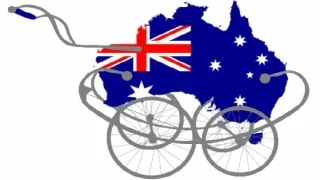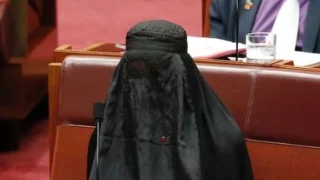
A recent Smith Family/NATSEM report claims that poverty in Australia increased during the 1990s and that nearly one in eight Australians is in poverty today. This claim, which attracted extensive media coverage when the report was released last December, is dubious because it involves a confusion of the two distinct issues of ‘poverty’ and ‘inequality’ (inequality increased in the 1990s, but poverty did not). It also rests on data which are in some respects unreliable.
- ‘Absolute’ poverty exists when people have insufficient means to maintain a minimum standard of life. Sustained economic growth coupled with government welfare provision means that absolute poverty is extremely rare in Australia today. Indeed, as the Smith Family report itself notes, Australia’s poorest families became better off in absolute terms during the 1990s – their real (inflation-adjusted) incomes rose by an average of $38 per week over this period.
- The report’s claim that the poor became worse off refers to ‘relative poverty’. People are defined as ‘relatively’ poor if they fall a long way short of what others in their society are receiving. Although it is widely used by poverty researchers, the concept of ‘relative poverty’ thus has more to do with inequality than poverty. Even if we all become a lot better off, those receiving least still get defined, implausibly, as ‘poor’.
- Researchers conventionally measure ‘relative poverty’ as an income less than half of a society’s median income. The Smith Family report does not follow this convention. Instead, it defines ‘relative poverty’ as an income less than half the mean income in the society. This has a major impact on its findings.
- Defined as less than half the median income (the more usual measure), the proportion of Australians in ‘relative poverty’ works out at about one in 12 – and this proportion hardly changed during the 1990s. The claim that one in eight are poor, and that poverty worsened over the last ten years, rests on a definition of the ‘poverty line’ as less than half the mean income (an inferior measure which is particularly susceptible to changes in a few extreme outliers). During the 1990s, people on the highest incomes got richer, but this does not warrant the report’s conclusion that those at the bottom got poorer. They did not. The report confuses increasing inequality with worsening poverty.
- The problems arising from the way the report defines poverty are compounded by problems in the way it measures poverty. It relies on data from surveys in which people were asked to report their incomes, but we know that the respondents who report the lowest incomes often significantly underestimate what they actually receive. Many of them spend much more than they claim to get, and it is probably better to look at expenditure rather than income data if we want a reliable guide to people’s living standards.
- The data on which the report is based have other weaknesses too. We know that many people move in and out of ‘poverty’ over the course of their lives, but this data set fails to capture change over time and therefore exaggerates the extent of the problem. Added to this, the report takes no account of the value of free or subsidised government services like schooling or Medicare, yet we know that when these additional sources of income are included, the ‘poor’ turn out to be much better off than initially appears to be the case, and the gap between ‘rich’ and ‘poor’ narrows significantly.
- We conclude that the poorest families in Australia became better off – not worse off – in the 1990s, and that the Smith Family’s estimate that one in eight Australians is living in ‘relative poverty’ is substantially exaggerated. The debate over the future of welfare requires more reliable data on the extent and causes of ‘deprivation’.
Dr Kayoko Tsumori is a Policy Analyst at The Centre for Independent Studies (CIS), Professor Peter Saunders is Director of Social Policy Research, and Emeritus Professor Helen Hughes is a Senior Fellow at the Centre.










